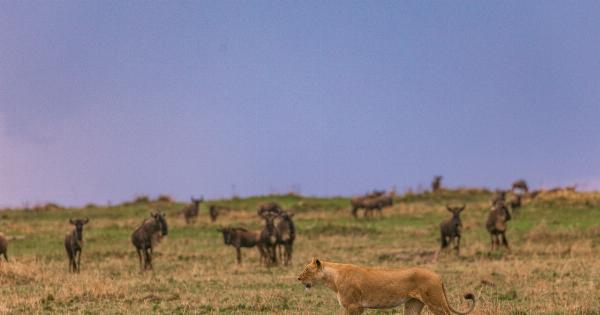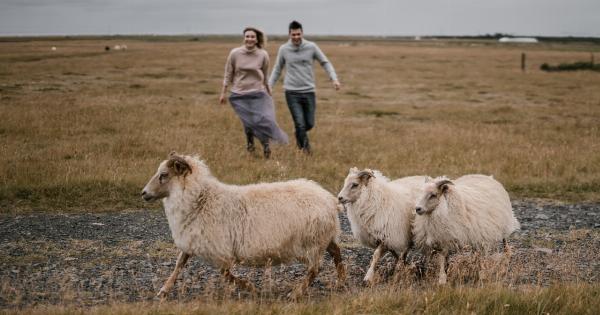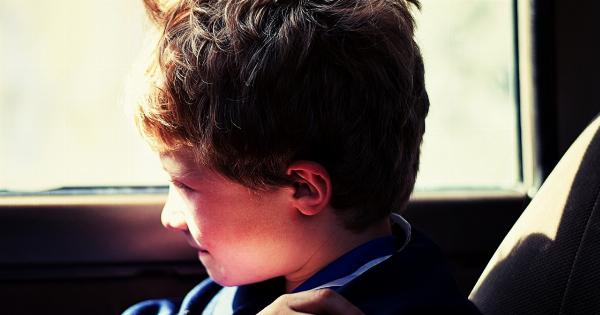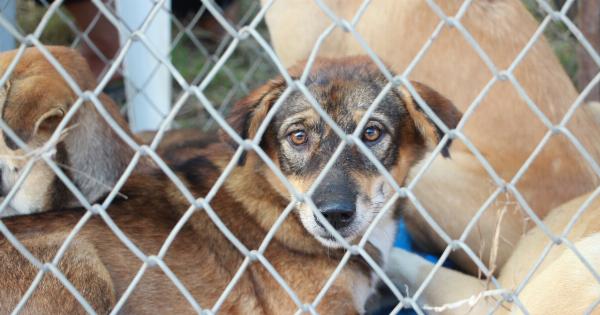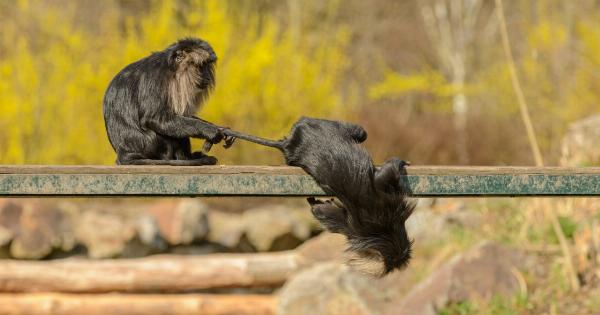Humans and animals have always shared a complex and intertwined relationship. From the early days of domestication to the present, animals have played a significant role in our lives.
We have established a coexistence with certain species, welcoming them into our homes as beloved pets. However, as our understanding of animals and their needs continues to evolve, the future of coexistence between humans and animals must be reimagined.
In this article, we will explore the potential for a harmonious relationship between animals, houses, and newcomers.
The Evolution of Human-Animal Relationships
Throughout history, humans have interacted with animals in various ways. Initially, our ancestors relied on animals for survival, hunting them for food and utilizing their skins for shelter.
As civilizations progressed, we began to appreciate the companionship and loyalty that certain animals offered. Dogs became our closest allies, while cats proved invaluable in controlling vermin populations.
Fast forward to the present, and our emotional bond with animals has never been stronger. Many animals, including dogs, cats, and even smaller pets like rabbits and hamsters, have become integral parts of our families.
We provide them with food, shelter, medical care, and affection, considering them full-fledged family members.
The Changing Landscape of Animal Sheltering
While our love for animals is unwavering, the traditional model of animal sheltering is undergoing a radical shift.
In the past, animal shelters primarily served as temporary homes for lost or stray animals, with the aim of reuniting them with their owners or finding them new families. However, in recent years, shelters have increasingly prioritized animal welfare and proactive adoption efforts.
Animal shelters now focus on providing enriched environments for their residents, ensuring physical and mental well-being. Instead of cages, many shelters employ communal living spaces to mimic the natural social structures of animals.
This new approach allows animals to thrive and increases their chances of successful adoption.
The Rise of Animal-Friendly Housing
As our understanding of animals’ needs expands, the demand for animal-friendly housing is on the rise. Pet owners are seeking accommodations that cater to both human and animal residents.
In response, architects and developers are creating pet-friendly buildings and communities.
New housing designs incorporate features like dog parks, designated walking areas, and even rooftop gardens for urban dwellers.
Some buildings also provide pet-washing stations and grooming services, ensuring that pet owners can easily maintain their companions’ hygiene. These innovative housing solutions encourage responsible pet ownership and foster a sense of community among animal lovers.
Benefits of Coexistence with Animals
The coexistence of humans and animals brings forth numerous benefits. Research has shown that interactions with animals can lower stress levels, reduce anxiety and depression, and improve overall mental well-being.
The presence of animals in our homes has been linked to increased social support and overall happiness.
Moreover, animals play a vital role in our physical health. Dog owners, for instance, are more likely to engage in regular exercise by taking their furry friends for walks.
This increased physical activity results in improved cardiovascular health, lower blood pressure, and reduced risk of obesity.
Furthermore, introducing animals into various therapy settings has proven to be effective in facilitating emotional and physical healing.
Therapy dogs, for example, provide comfort and companionship to individuals in hospitals, nursing homes, and rehabilitation centers. The power of the human-animal bond has been harnessed to positively impact countless lives.
Challenges and Considerations
While the future of coexistence between humans, animals, and houses holds great promise, there are also challenges to address. One significant concern is the issue of pet overpopulation and homelessness.
Irresponsible breeding and pet owners neglecting their responsibilities have led to overcrowded shelters and countless animals being euthanized.
Efforts must be made to promote responsible pet ownership, including spaying and neutering, education on proper care, and encouraging adoption from shelters rather than purchasing from breeders.
Additionally, implementing stricter regulations on pet breeding and ensuring accessible and affordable veterinary care can help prevent the cycle of pet homelessness.
Another consideration is the impact of animals on the environment. As pets become more integrated into our lives, we must be mindful of their ecological footprint.
Proper waste management, reduced use of harmful chemicals in pet products, and sustainable pet food choices are just a few ways we can mitigate the environmental impact of our animal companions.
The Next Generation of Animal-Human Coexistence
The future holds exciting possibilities for animal-human coexistence. As advancements in technology continue, we can expect to see innovations that further enhance our relationship with animals.
From wearable devices that monitor their health to smart homes designed with animal needs in mind, technology will play a vital role in fostering harmonious coexistence.
Furthermore, education and awareness about animals’ needs will continue to increase. Schools and community organizations can prioritize teaching responsible pet ownership, animal behavior, and the benefits of coexisting with animals.
By instilling these values from an early age, we can ensure a future where humans and animals thrive together.
The Importance of Conservation and Wildlife Protection
While much of our discussion has focused on domesticated animals, it is crucial to remember the importance of conserving wildlife and protecting their natural habitats.
Coexistence extends beyond our homes and should encompass the preservation of biodiversity and ecosystems.
Conservation efforts play a crucial role in safeguarding endangered species and their habitats. By supporting organizations dedicated to wildlife protection, we can contribute to preserving the delicate balance of our planet.
Conservation education and sustainable practices can help ensure that future generations can coexist with a diverse array of animal species.
Conclusion
The future of coexistence between humans, animals, and houses holds great potential.
Through advancements in animal sheltering, the rise of animal-friendly housing, and increased awareness of animals’ needs, we can foster a harmonious relationship with our furry companions. However, this future requires responsible pet ownership, prioritizing animal welfare, and embracing sustainable practices. By working together, we can create a world where animals, houses, and newcomers thrive in perfect harmony.





